#Computer Games
Text
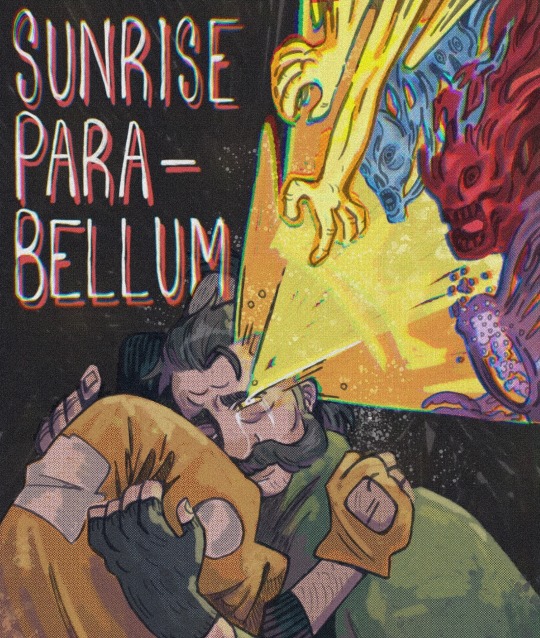
#art#fanart#illustration#disco elysium#kim kitsuragi#harry du bois#disco elysium art#kim kitsuragi art#harry dubois#Harry du bois art#digital art#video games#computer games#character art#sunrise parabellum
2K notes
·
View notes
Text
pls reblog for sample size etc
I make occasional useless polls :)
765 notes
·
View notes
Text


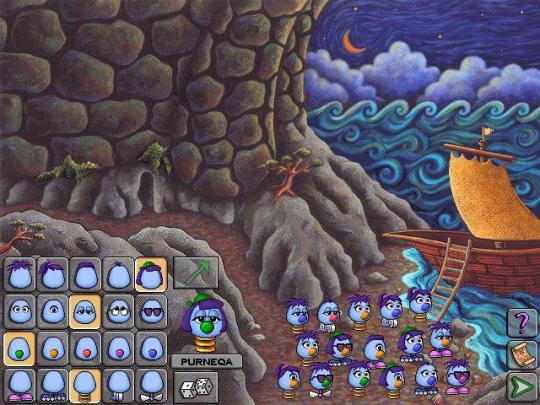
'Logical Journey of the Zoombinis' PC game (1996)
#zoombinis#pc gaming#pc games#gaming#kidcore#nostalgia#nostalgic#retro#computer games#childhood#90s#90s kid#1990s#nineties#aesthetic#childhood memories#nostalgiacore#pizza#food
2K notes
·
View notes
Text

Old and forgotten animal crossing wild world (2005) website...
#animal crossing#animalcrossingwebsite#nintendo animal crossing#animal crossing fandom#animal crosing new horizons#animal crossing new leaf#animal crossing wild world#おいでよどうぶつの森#Oideyo Dōbutsu no Mori#old web#old net#internetcore#y2k nostalgia#nostalgiacore#acww#nintendo games#computer games#flash games#acnl community#animal crossing pocket camp#y2k animal crossing#early 2000s#kk slider#totakeke#tom nook#nintencore#mine#nintendo ds#nds games#odd stuff
1K notes
·
View notes
Text

Barbie My Scene | Room Makover
#my screenshots#games#computer games#pc games#my scene#webcore#mine#original#00s#2000s#nostalgia#nostalgic#kidcore
191 notes
·
View notes
Text

242 notes
·
View notes
Text
Fallout Release Date: October 10, 1997

On October 10, 1997, exactly 26 years ago from today, the first Fallout was officially released!
Happy 26th anniversary Fallout! And thank you to all the developers who have worked on the series as a whole to create something we all cherish! 💜
Here are some excerpts from the development team leading up to the game's release, from the old Fallout website!
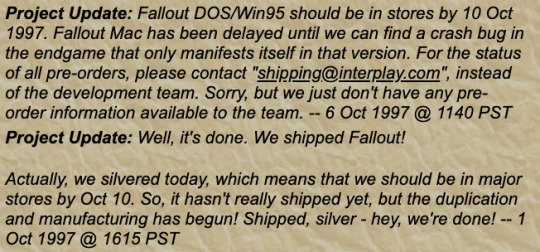
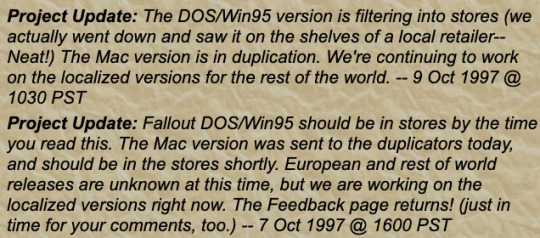
You can read more about the first Fallout here:
https://fallout.wiki/wiki/Fallout
#fallout wiki#independent fallout wiki#fallout#fallout series#fallout 1#fo1#90s nostalgia#fallout 90s#computer games#90s computers#fallout developers#anniversary#roleplaying games
379 notes
·
View notes
Text
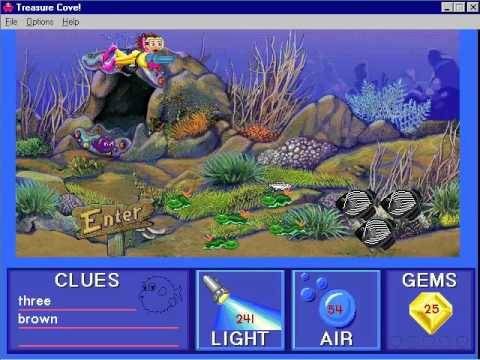
#webcore#y2kcore#old web#nostalgiacore#y2k#techcore#old internet#1990s#90s#retro gaming#retro games#computer games#pc games#vaporwave#seapunk#kidcore
217 notes
·
View notes
Text
Adventure Maker (Windows, 1999-2013)
An easy-to-use first-person (primarily, but optionally third-person) adventure game engine, unsupported since 2013 and unavailable for purchase since 2017 (when the venerable Kagi registration service died). You can download it here.
You can find links to free games made with the program on the Wayback Machine here. Don't forget to check the linked sites on the live web too. Games listed as not working on Vista (and thus even following versions of WIndows) may work after using this patch from the Carol Reed series site (Carol Reed games 1-3 used to need it, but no longer do - the other games use other engines - game NINETEEN coming on Jan 1st!).



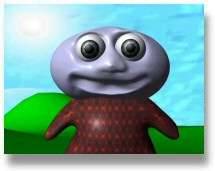
#internet archive#game engine#game making#indie games#indie dev#indie game dev#game#games#video game#video games#videogame#videogames#computer game#computer games#obscure games#adventure games#point and click#old software#vintage software#1999#2013#1990s#90s#2000s#00s#2010s#10s
270 notes
·
View notes
Text

꧁★꧂
#computer#pc#stickers#bratz rock angelz#bratz#windows 98#computer games#clutter#flickr#oldweb#old web#2003
242 notes
·
View notes
Text
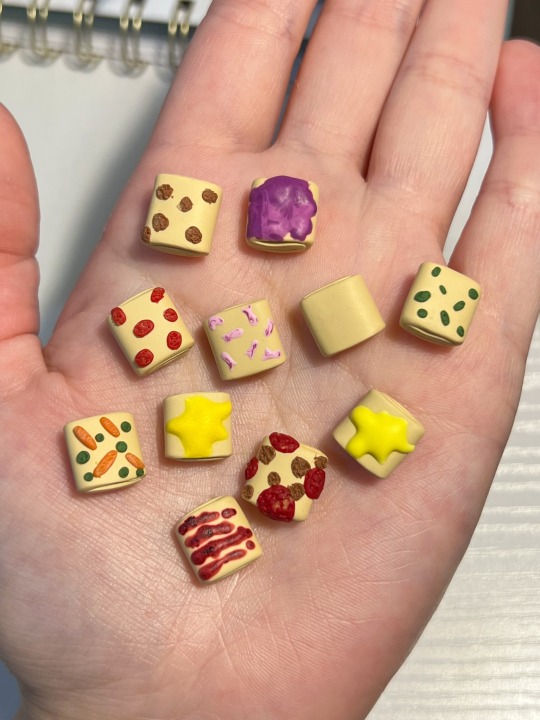
this is my meal, i call this ✨girl dinner✨
#artists on etsy#etsy#etsyjewelry#etsystore#polymer clay#etsyartist#etsysmallbusiness#neopet art#neopets#girl dinner#computer games#y2kcore#omelette#diy#handmade#nostalgic
280 notes
·
View notes
Text
The themes of NieR Reincarnation
A post about the recurring elements of Drakenier and the use of branching timelines as a storytelling device. I'll be discussing spoilers for basically every DoD/NieR game.
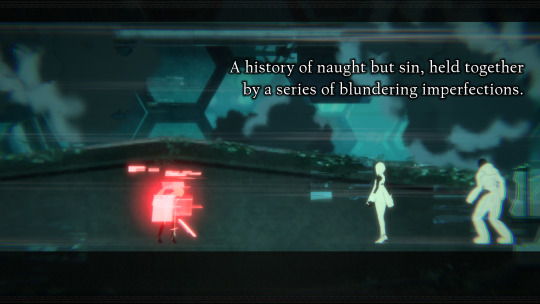
Records
A somewhat understated recurring motif of the Drakengard/NieR series is the idea of stories or memories of humanity being stored in some massive archive.
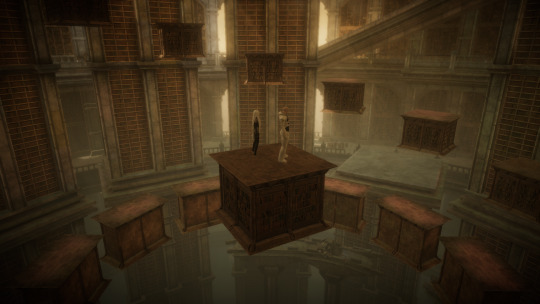
It's an idea that first entered the series in NieR Gestalt/Replicant. Early drafts of the game focused on the idea of a world built out of stories and fairytale characters, and while most of this was cut, some remained in the Forest of Myth area.
Following NieR's obsessive love of hopping between different game genres, the story here is delivered through prose/text adventure segments. There is a sense that this area of the game exists as prose, with the characters slightly aware of narration - narration which absorbs the characters until you find a way to escape. Eventually you find out - it's rather cryptic in the actual game, but spelled out explicitly in Grimoire NieR - that it's a huge computer system storing records of the deceased humanity.
In your second visit to the area, the story focuses more on distant history, that all these stories are fragments of memory of the lost pre-apocalpytic world. You encounter a Gestalt (human soul extracted from body) that is eating the memories stored in the tree, and kill it, and for Nier and co., this is enough - but for the player, you really don't know half of what is going on.
In the story The Lost World, which was adapted for the additional Ending E added in the Replicant remake, Kainé returns to the Forest of Myth and finds the computer system expanding. She fights clones of herself before eventually speaking to a mysterious administrator and descending into a virtual world that seems like a corrupted version of her memories. But she's able to connect to her memories of NieR, Emil and Grimoire Weiss, and through that connection cause a kind of timeline collapse effect that allows her to resurrect Nier. Terms from DoD3 such as 'singularity' come back again.
youtube
In NieR Automata, the idea of the legacy of humanity becomes increasingly central. While the androids believe they are reclaiming Earth for humanity, the Machine Lifeforms' motivation is in large part driven by their efforts to pore over the records of humanity and learn how to evolve their condition, even by blind imitation. Many of the different Machine Lifeforms you encounter are shaped by their interpretations of human society. The motif of human buildings recreated in white blocks recurs at certain points.
In the final sequence of the game, you climb a tower, and inside it visit simulacra of locations from the Replicant/Gestalt. You learn that the machines have infiltrated the androids' network and downloaded basically all the information the androids have, including all their records of humanity. When the machines' 'Ark' is launched into space, it carries their memories and consciousness in data form.
The YoRHa: Dark Apocalypse raid series in FFXIV continues this idea of obsessive, blind reconstruction. The machines you fight here are now all the more explicitly connected to the apocalyptic shit in DoD; they have also been frantically creating duplicates of YoRHa android 2P, the Bunker and so on in corrupted form. Although the story here has mostly other interests, it's another recurrence of the idea of trying to recreate things that were lost.
Along with this idea of the archive comes the idea of preservation of that archive. Whether by accident or deliberate attack, the survival of the archive is not guaranteed.
This is all absolutely central to what Reincarnation is about.
Branches
The Drakenier series has played around with branching narratives pretty much from the start. It's somewhat infamous for it in fact - did you know that NieR is actually a spinoff of ending E of Drakengard, the one where you appear over Tokyo and have to do a rhythm game? Yeah, so...
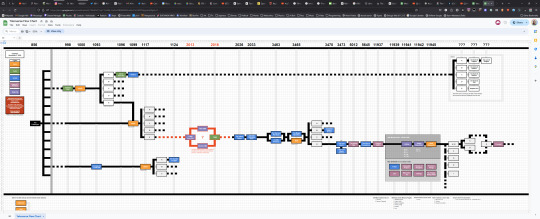
Most games are fairly cagey (ha ha) about the mechanics of these branches. Indeed, although we speak of branches, the structure of these games is not really a branching one like a visual novel. The branches and 'endings' are usually unlocked sequentially.
Drakengard/Drag-on Dragoon (DoD1) is probably the closest you get to a traditional branching structure. You can unlock routes in certain missions by fulfilling certain conditions. The exact logic of these branches is not really explained - you can go back to a point before you recruit a party member and get a different branch where they're present for example. That said, it's not like a visual novel where you can be 'on' one branch or another - you can always jump to any level from any timeline.
This oddness of the branches is also lampshaded a little more in DoD3, the game that is most explicit about the nature of the branching timeline. DoD3 is, from the player perspective, a linear game. After you complete the first 'ending', you unlock new levels that appear at earlier points in the timeline, and diverging branches appear. In the later branches, the logic of the world is starting to break down. Party members who you'd recruit later in the story are in your party much earlier, in some cases suffering from amnesia, the implication being that it's an effect of the Flower's corruption.
The game is intermittently narrated by a character called Accord, an android 'Recorder' whose job is to document all the different versions of the story for an unknown party. Accord isn't supposed to intervene in the story, though she occasionally talks to protagonist Zero, and in the final D route, she decides to break the rules and save Zero. Otherwise, she's responsible for 'sealing' branches where it seems the world cannot be saved.
This is Accord:
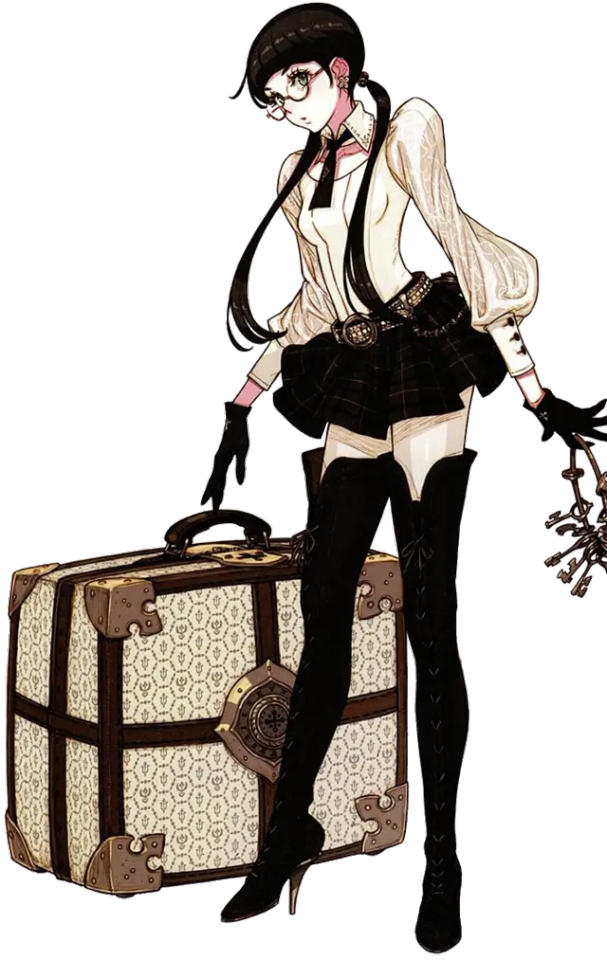
The final cutscene of DoD3, available only after you beat the ludicrously difficult rhythm game that is the 'final song', shows a bunch of other Accords appearing and talking about what a mess this all is.
Accord's other role in the game is to sell weapons. Another series tradition running back to DoD1 is the 'Weapon Stories'. In each game, you can collect weapons, which can be upgraded through a series of four stages. Each stage unlocks another part of a story. These stories tend to be quite brief - each entry is at most a short paragraph. They also, particularly in the DoD games, tend to be comically grimdark.
DoD 3 came out after NieR Replicant/Gestalt, but in every game since then, there have been cryptic mentions of Accord. In Automata she's mentioned in a note as a weapons seller; in the updated version of Replicant she is mentioned as visiting Nier's village while the party is away on her adventures, and you see a documention that mentions the 'Accord Corporation' supplying magic weapons.
OK, so, put a pin in that, we'll come back to her later.
The side material commits further to the branching idea. The original Drakengard is established to follow from the DoD3 Story Side novel, while Branch A gives rise to the Shi ni Itaru Aka manga and the DoD 1.3 novel. The YoRHa stage plays spawned alternative versions, namely YoRHa version 1.3a and Shōjo YoRha version 1.1a, with the gender of the casts flipped. YoRHa 1.3a also has Accord in it. The anime NieR Automata ver. 1.1a also presents an increasingly diverging version of the events of the game - notably, Adam turns into a multi-armed monster.
DoD2, something of the black sheep of the franchise, was originally written to follow DoD1 ending A; later it was retconned to belong to its own branch. Just 'cause.
With me so far? ...no? Yeah, that's fair. You can read about all the details I've gathered so far here, but in short, there are lots of timeline branches, and multiple versions of several stories with small or large divergences.
Reincarnation
NieR Re[in]carnation is a gacha game that's been running for the last three years, and is going to be shut down at the end of April. At the time it came out, it was acknowledge for having unusually nice graphics for a mobile game, but rather desultory, grindy, repetitive gameplay. Which remained true throughout the game's life, so I can't exactly recommend playing Reincarnation, especially at this point.
But! I would definitely say it's worth your time to dig up the story on Youtube/Accord's Library if you're into NieR stuff. I won't be going into all the ins and outs of the story and how it all fits together in this post, but I am gonna talk about how it's structured.
NieR Reincarnation places you in a vast stone city called the Cage, calling to mind the environments in Ico. At the outset, you play as a young girl travelling with a weird ghost-like creature called Mama, tasked with restoring the memories stored in objects called 'dark scarecrows' which are being subverted and corrupted by black birds which form into various monsters.
Within each chapter of NieR Reincarnation, you get a short story in four parts, presented in a kind of cutout style, which are the four segments of a weapon story. You collect the weapon and the character.
The Cage is shaped by the content of the weapon stories somehow bleeding into the simulated setting. A character's memories can be used to restore the stories to their proper course. It is possible to interfere in small ways with the worlds of the stories.
The corruption of the stories tends to involve subverting characterisation to make them crueller, more prone to random violence etc. - or points when a character could be threatened in a narratively unsatisfying way. For example, a peace-loving runaway prince could be turned into a warlike king.
Over the course of the first arc, you discover that the girl you are playing is actually a monster who has taken the form of a human girl and, regretting it, wants to give her her embodiment back. The second half of the arc has you playing the girl trying to reunite with her monster friend; at the end, you get her own backstory as a victim of brutal prejudice. After all is said and done, both characters transform into weapons, which Mama picks up and hides away.
The second arc, The Sun and the Moon, deals with a brother and sister from present-day Tokyo. Both of them have been transported into the Cage by more of the weird ghost thingies, to participate in a strange ritual that is allegedly going to restore the Cage. The rules are highly mystical - a significant sacrifice is needed.
In the most recent arc, The People and The World, the characters all emerge from their stories as the Cage becomes increasingly corrupted. We finally get the long awaited point where these characters can interact with each other, and advance the stories from a series of tragic vignettes to something more. At the same time, we get a lot more allusions to other games in the series - from the Lunar Tear room where Emil memorialised Kainé and later 9S memorialises 2B, to a brief appearance Devola and Popola.

There's even a nod to Yoko Taro's other terminated gacha game, SINoALICE, which is going to be made into a movie oddly enough. There's a wry nod to the game being shut down.
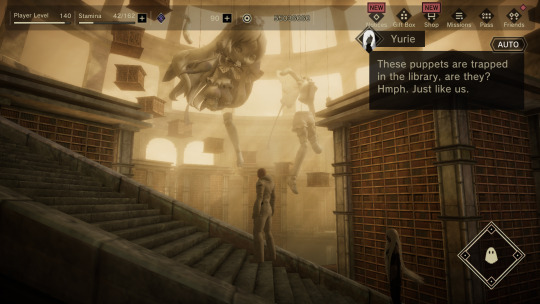
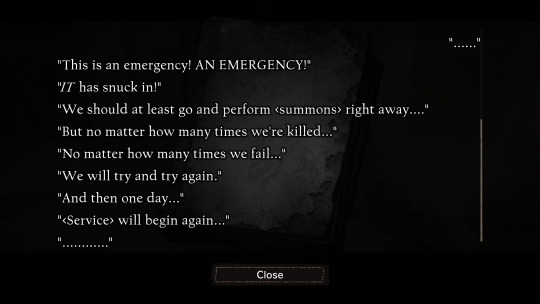
And in the most recent chapters we find out that the Cage is actually a server on the moon containing records of humanity - 10H from A Much Too Silent Sea is one of the main characters. 'Mama' is actually the Pod tasked with overseeing the archive, and wiping 10H's memories whenever she learns too much - though it seems at some point 10H learned the truth and affirmed that she'd protect the archive anyway and they stopped wiping her memory.
Over the course of the chapter, 10H helps the gang make their escape from the moon through the androids network, to Earth. But when they get to Earth, they find themselves in a strange white city more resembling the Cage.
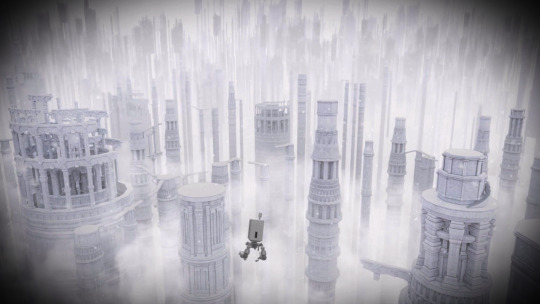
We'll finally get some answers, maybe, later this month. Anyway...
So, these records come from multiple diverging timelines, and they take the form of weapon stories. You have a unity of the ideas of character - weapon - memory - world. A record is simultaneously a tragic series of events, a person who can manifest inside the Cage itself, a simulated world which other people can visit, and a weapon.
In addition to the main storyline chapters and 'character stories', each character is associated with two additional 'EX' storylines, termed Dark Memories and Recollections of Dusk. Each one is a much more substantial narrative than most in the game.
Some of these EX stories clearly take place in different timelines to the first ones we encounter. Akeha's story, for example, takes place after her death in the original version. For the brother and sister from the Sun and the Moon arc, originally from present-day Tokyo, their Dark Memories take place in the backstory to NieR Gestalt/Replicant - the period where humanity is dying out to White Chlorination Syndrome and fighting monsters called the Legion. In this one, before the siblings could be torn apart by family drama and resentment, the apocalypse happens. Both of them end up coming into their own as heroic fighters. In the finale arc, the characters learn a bit about these alter egos, and it's made very explicit that this is a different timeline.
The monster Levania's Dark Memory is especially weird. It's the story of a salaryman who plays a monster called Levania in an MMORPG. His MMO character inspires him to live more bravely in the real world, and his life seems to be improving, but he is murdered by a jealous coworker. He wishes for reincarnation as he dies - classic isekai stuff. But the connection to the Levania you encounter in the main story is far from clear. Are all versions of Levania derived essentially from this man's tulpa?
The nature of the 'enemies' attacking the Cage is still not yet clear. They take the form of black birds. The birds are given a small amount of dialogue and characterisation, and they seem to not be malicious, just confused. The girl from the first arc in particular tends to interact with them sympathetically. However, they seem to be connected with the mysterious 'God' who was trying to destroy the world in DoD1, and the Angels and Flower of DoD3.
The birds are able to gathe together to manifest much larger monsters, the largest being giant elk and fish called Cursed Gods. During the finale arc, one of these becomes something that resembles the Mother Angel from DoD1 - and yes, there is a rhythm game - though mercifully a pretty easy one.
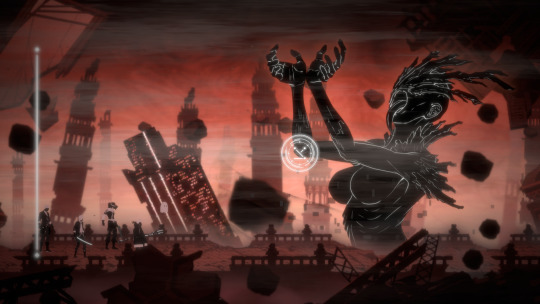
In the same arc, the character Yurie, an AI city overlord with grandiose ambitions and a loathing of imperfection attempts to download the entire history of humanity from the Cage and become a more perfect being. She succeeds, only to find the answers disappointing...
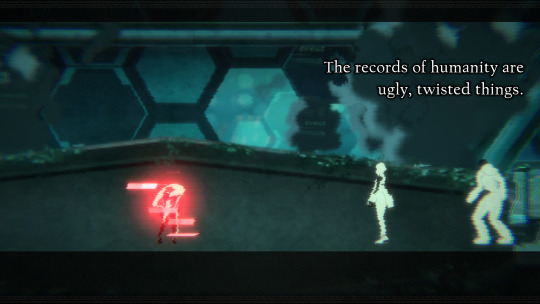

This is perhaps the closest thing we ever get to an explicit statement of what all these stories and histories add up to, but despite all this, the throughline is very strongly that these stories are essential to preserve. NieR characters exist in small groups, and it is their intense connections to these others, their treasured memories of travelling together, that motivate them to fight to preserve that thing, even if the results are destructive.
Similar themes emerge for example in Noelle's Recollection of Dusk story, which sees her travelling to preserve a place valued by her sister in crystal. And they also connect to the theme of sacrifice - the recurring ending device where the player must delete their save data in order to help someone (something echoed in Hina and Yuzuki at the altar of the sun and moon, or Levania and Fio). It's perhaps fair to say that nothing is more valued in the world of Nier than memories of a treasured person.
What about Accord? She has in fact made a brief cameo in Reincarnation already...
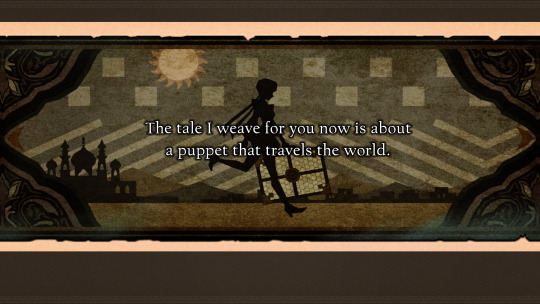
It seems incredibly likely that Accord originates from the Cage, and the accumulation of weapon stories is accomplished by androids like her. Definitely in the fandom there's a lot of excitement for the idea that Accord - something of a fan favourite - will show up at Reincarnation's ending.
So mystery solved, the Cage exists in the world of NieR Automata on the moon server? Not so fast - there are various discrepancies which seem to suggest that the world of the Cage exists in a separate branch than the one we see in Automata. For example, the androids are aware that the humans are dead and what remains on the moon is a huge archive of their memories; the humans seem to have survived much longer; 2B and 9S seem to have died in different circumstances. There are other oddities which fans have compiled.
And yet, despite being a divergent timeline with a much older point of divergence, some things seem to be fixed. There is still a YoRHa, still a 10H deceived about being on the moon, still a 2B and 9S.
One popular fan theory is that Reincarnation belongs to the NieR Automata anime (ver1.1a), since Adam turns into a monster there similar to the ones in Reincarnation. The black birds are reasoned to be the Machine Lifeforms, since we know they come from Earth. I'm not 100% sure of this, but maybe?
Anyway, that's basically the gist of it.
A story told through permutations
In many fictional series with a shared universe, there is an effort to maintain a consistent shared universe, so all the different events can fit into a timeline with understandable cause and effect and characters living out their lives. Even when this proves impossibly unwieldy, as in comic books or Star Wars, the attempt is made.
NieR does not really take this approach. The creators leave many details of the world, such as place names, incredibly vague - the focus is always on telling an emotional story with characters. There is, as we've seen, an almost gleeful willingness to declare another new timeline.
There is also a certain aspect of repetition, or more kindly reiteration - the same core character dynamic revisited and retold in various forms. (2B9S gets the worst of it). A character is something like a principle or ideal, and each story shines another light on that 'core'. In the earlier storylines of Reincarnation, it became quite frustrating because it seemed like e.g. the character event stories were just rehashing the same idea rather than advance the story.
However, the more accustomed I get to this style of storyline, the more I think this kinda works. It is of course quite similar to the ideas proposed towards the end of Homestuck, or to time loop stories - the idea of varying the contingent circumstances to try to better illustrate the core characterisations and dynamics.
Yoko Taro has talked about how he constructs stories from a very simple idea, typically a moment of high emotional impact at the climax, and then works backwards to figure out what sort of story could lead into that. In Reincarnation, each character gets fairly limited time to establish themselves, so they tend to be defined in terms of a pretty narrow high concept.
For example, Akeha is an assassin in a vague historical Japanese setting; her introductory story sees her decide for the first time to disobey her lord after she finds another person who has been treated as instrumentally as her. Most Akeha stories focus on her assassinations, her relationship to her retainer, and what she sacrifices to perform the duty. Only her Dark Memory lets us see an Akeha who has escaped that life - it's a simple story about preparing food, but that's given meaning by all the other Akeha stories.
Hina and Yuzuki are defined by the same traits in their flashy scifi Dark Memory stories as in the more mundane ones - Yuzuki the quiet outcast, Hina the self-sacrificing star. Fio is defined by kindness in the context of abjection, seeing the good in monsters. Levania stories are about the desire for escape and transformation. Argo is always a shitty dad who only feels alive while climbing mountains.
The staticness of these characters seems on some level to be the point - in that we are told in Hina and Yuzuki's story that the mechanism of the Cage is to sort characters into 'Light' and 'Dark' natures, and push them to inevitable conflict, even if they try to break free. In the final arc, the characters seem to finally approach some resolution as they leave their contexts behind. Given the themes of Automata in rejecting an inevitable tragic fate, similar movement may be at work. There's an ambiguity - the need to hold on to even tragic histories, vs the wish to not be confined to them. (Perhaps it's significant that it's called the Cage...)
With so many balls in the air and so many mysteries still unanswered, it's hard to figure out how Reincarnation can deliver a satisfying resolution in just one remaining chapter, but the final arc has been really cooking so who knows! But I'm also coming to appreciate it as a kind of broader lens to notice all these recurring elements and tie them together.
Stories about alternate timelines and branching narratives are very common nowadays, particularly as a tool for revisiting a nostalgic franchise. Something something effect of the fan wiki era. So I can't exactly say NieR is doing something completely unique, but I do think there is something to its fragmented, collage-like approach to putting together story elements. There's something quite honest about it - an ability to say 'these details aren't important'.
Yoko Taro always talks about himself as an entertainer rather than an artist. And probably it is true that a lot of this eemerged from an iterative design process rather than being the plan from the beginning (the first draft of NieR envisioned it as something closer to what SINoALICE ended up being, about a world of fairytale characters; NieR Automata began life as backstory for an idol project). There's definitely a strong sense that it's being improvised. And yet despite that, it does feel like it is cohering into some sort of picture, that there is an artistic throughline to all this.
Or perhaps that's just the effect of getting way too invested in something. I won't deny that NieR brings out the fan in me.
Anyway Accord had better show up next month. Guys. You've been teasing us for so long...
#nier#nier replicant#nier automata#nier reincarnation#drakengard#drakengard 3#computer games#Youtube
120 notes
·
View notes
Text
The Dealer w/ A Trigger Happy reader
HC
“Easy. No need to act so Hastily”
Oh dear….You two are quite the Duo when it comes to the game.
He prefers to think about the right move unlike you, who’s just ready to pull the trigger whenever it’s your turn.
At first he was impressed with how confident you were. But as you two played together more, he grew concerned. Did you have no sense of self preservation….???
“Careful Now…”
Both of you were on your last two charges.
He sat quietly at the other end of the table examining his items and formulating a plan for their use.
-You on the other hand absent- mindedly picked up the gun and held it towards your neck.
-once he has made his decision, he looked up at you, raising an eyebrow. But before he raised a hand to voice that it wasnt your turn, you had already pulled the trigger
Luckily, it was a blank.
128 notes
·
View notes
Text
Hey! So I was thinking about LilyPadton’s stardew-inspired inventory page in SvS: Redux and decided to find all the Easter eggs! Here’s Part 1 of the whole lot! Check it out! (I’m gonna have to split this in 2 because of all the pics so keep an eye out for part 2!)
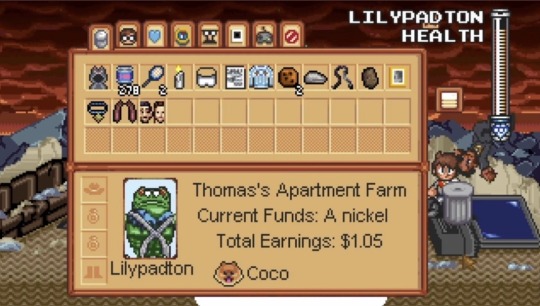
(Also did I mention how much I love the attention to detail in this show? Hah😌)
1. Patton's Cat Onesie!

2. Tuna Fish Cans (278? oh my god)
3. Tennis Rackets (2)
4. Candle (for wax fingers)
5. Safety Goggles
(all required to play Patton-Cake)


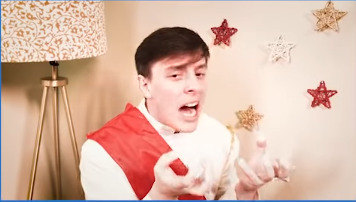

6. Virgil's Secret Santa Gift (hand drawn card)

7. Patton's first Xmas sweater

8. A Cookie (and a second cookie)

9. Watson's cap
10. Watson's scarf
(plus that dollar Patton found in his pocket? Is that all the money (earnings) he has?)
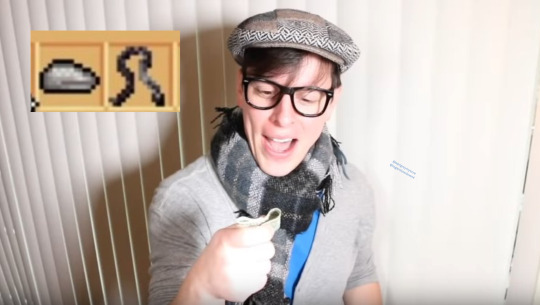
More in Part 2!
#ts stuff you missed#ts details#SvS redux#ts Easter eggs#thomas sanders#sanders sides#Patton sanders#ts patton#LilyPadton#Lee and Mary Lee#stardew valley#stardew valley inventory#inventory page#computer games
102 notes
·
View notes
Text
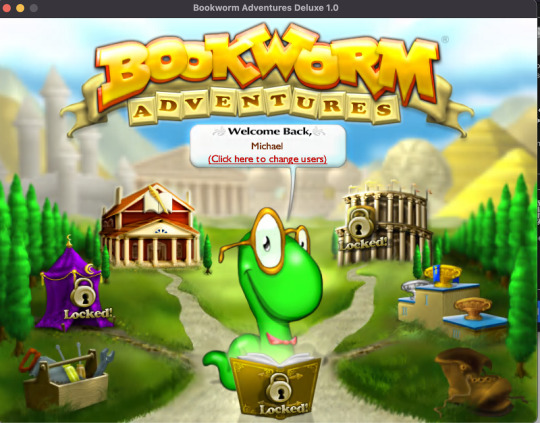
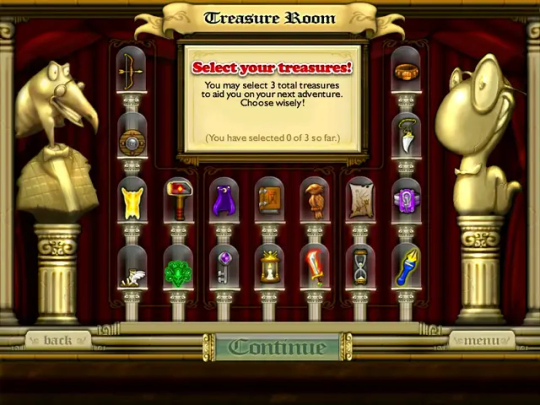
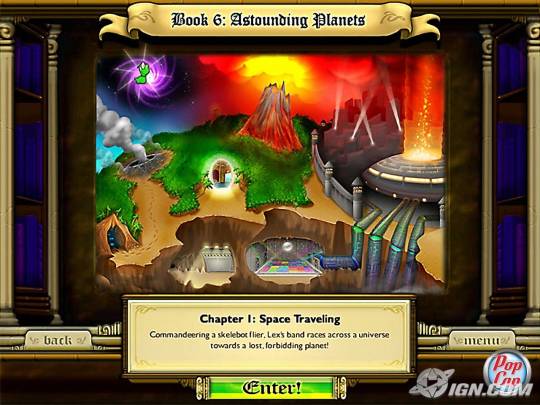


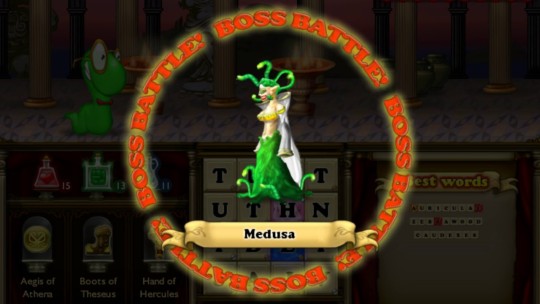
Obscure Games from My Childhood: Bookworm Adventures (1 & 2)
#WORDLE WHO? Sorry I only know BOOKWORM#IF YOU PLAYED THIS GAME I AM HUGGING YOU SO TIGHTLY#I need to find a download of it because I'd literally still play it#the first was good too but I feel like it's less obscure because they made it into an app game#bookworm#games#computer games#pc games#webcore#mine#original#nostalgia#nostalgic#00s
131 notes
·
View notes
Text
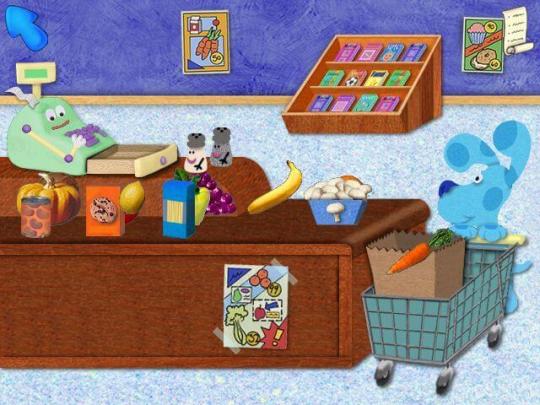
471 notes
·
View notes